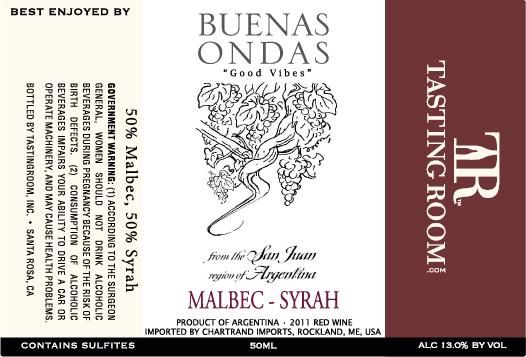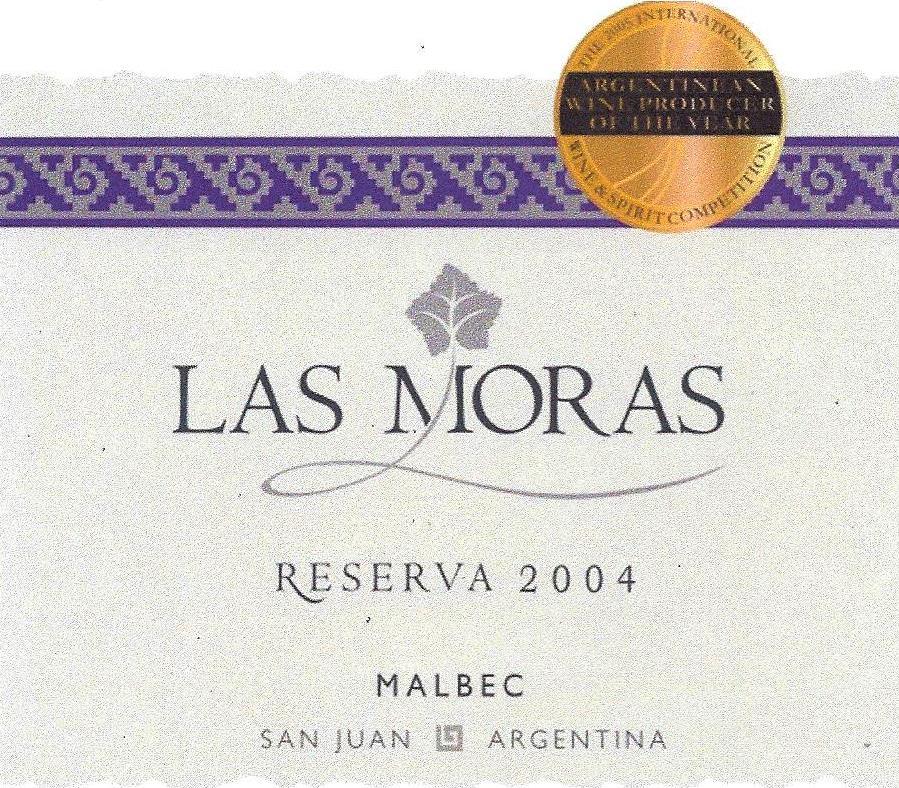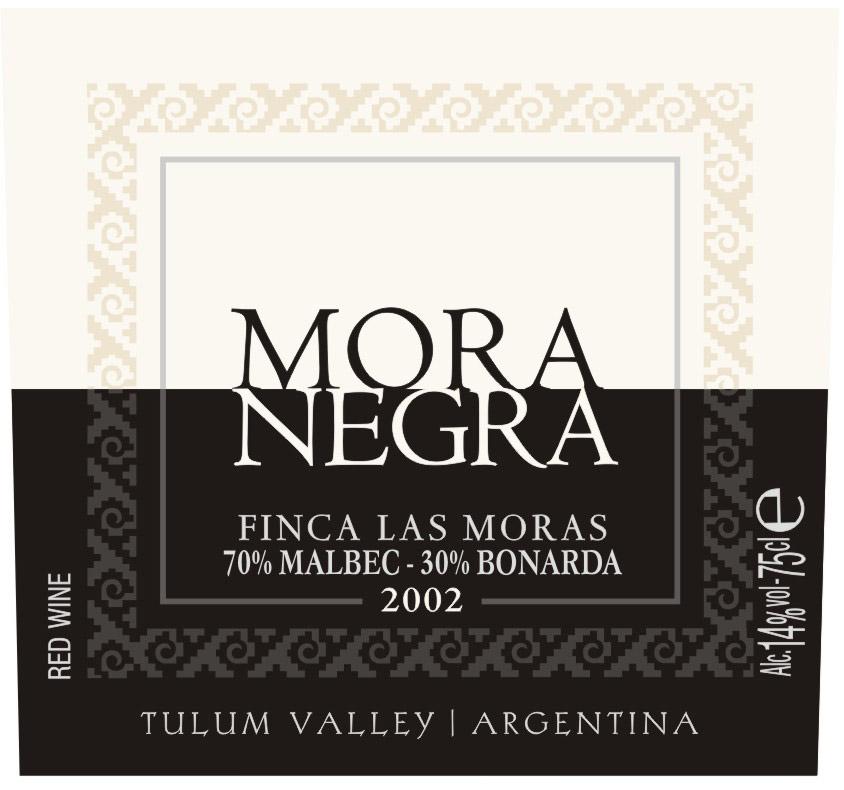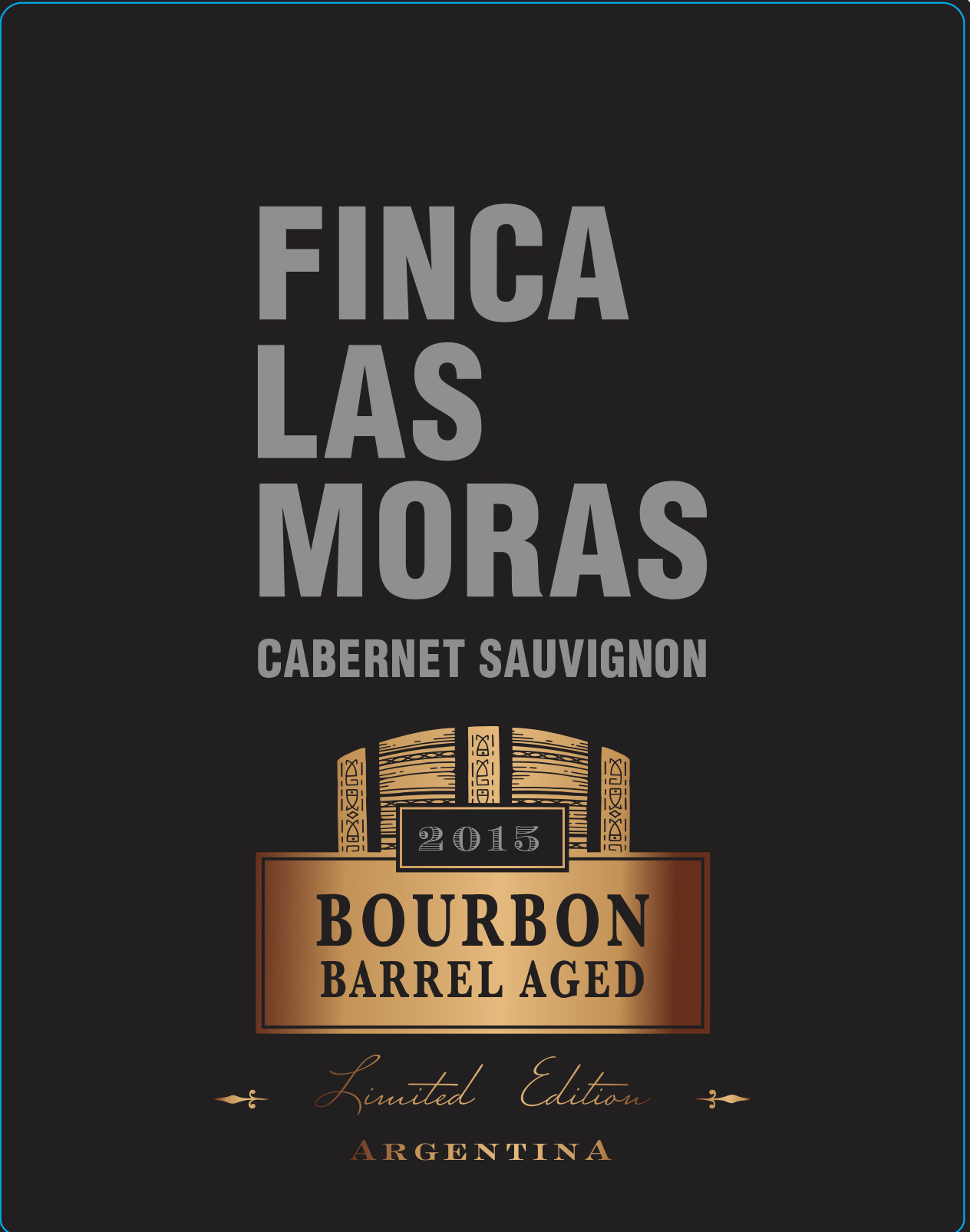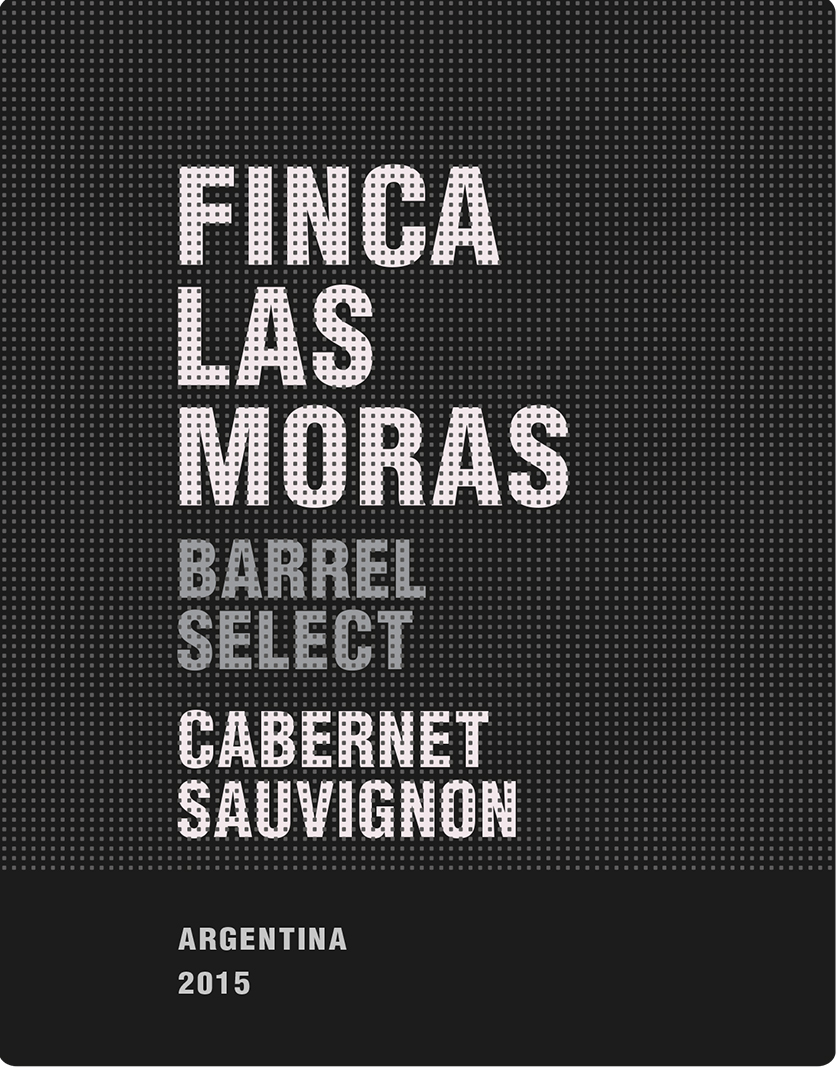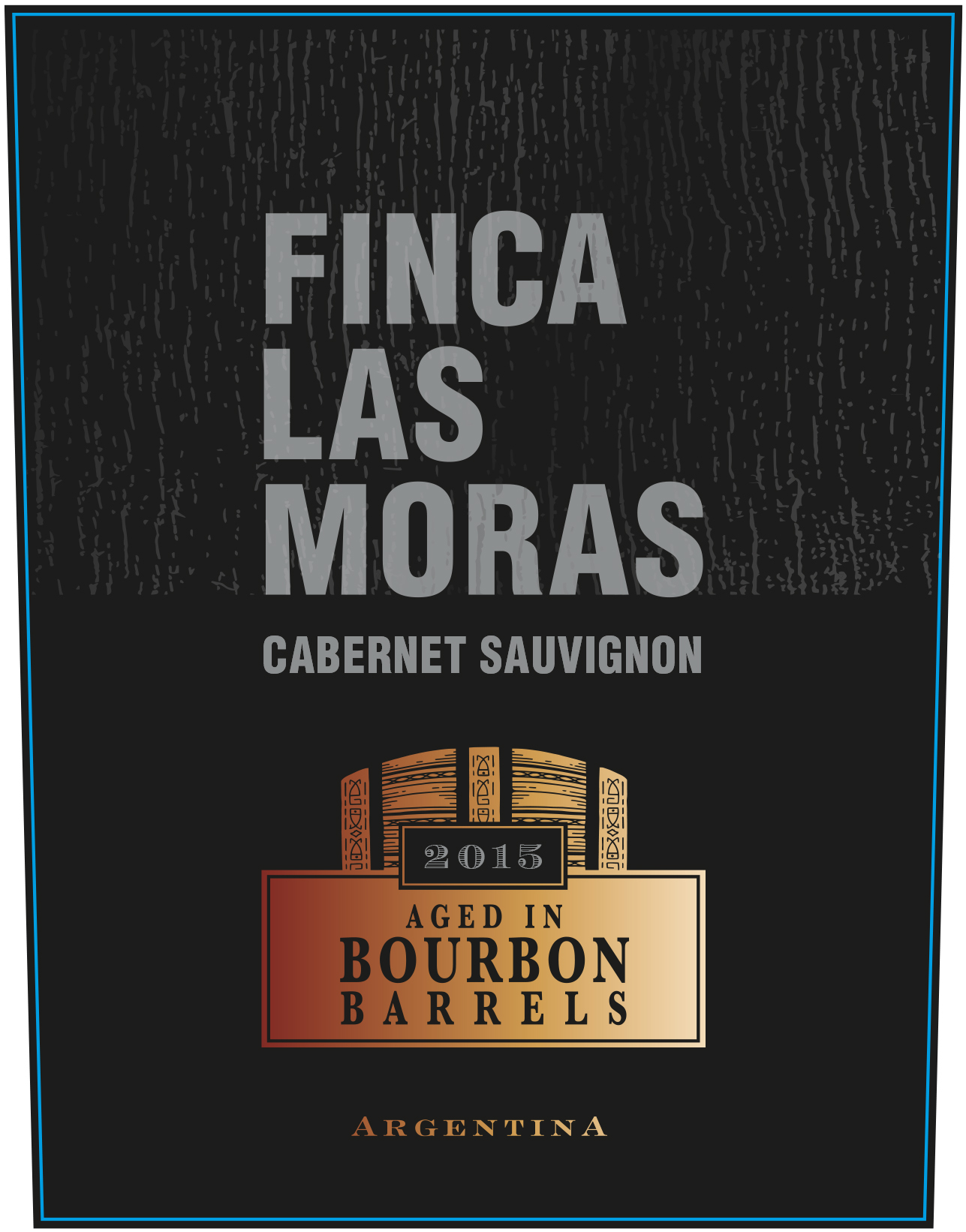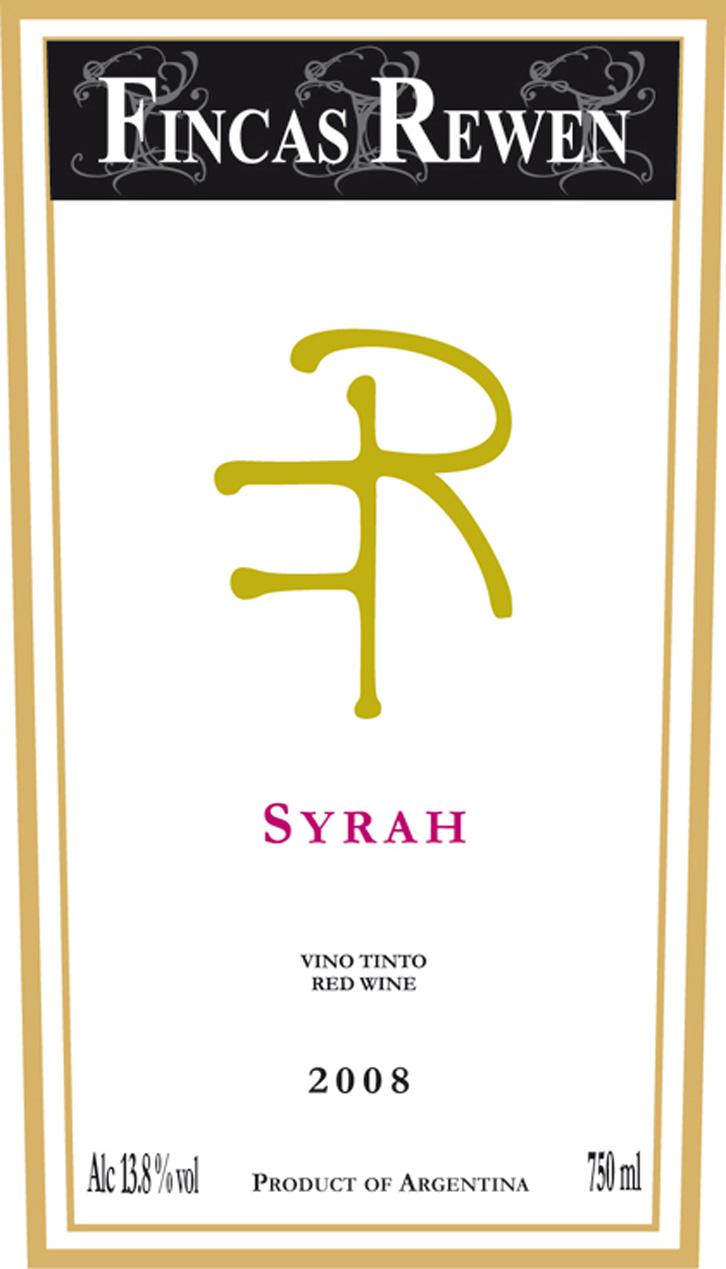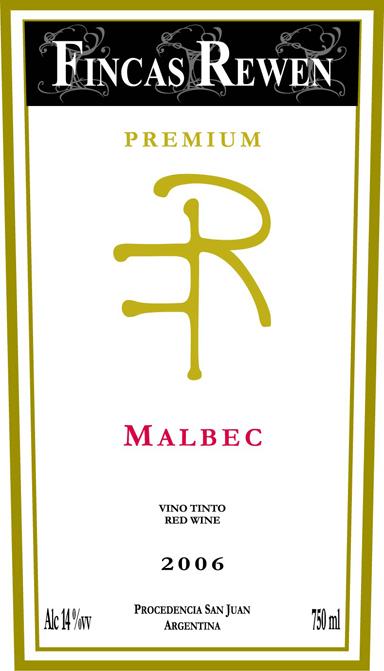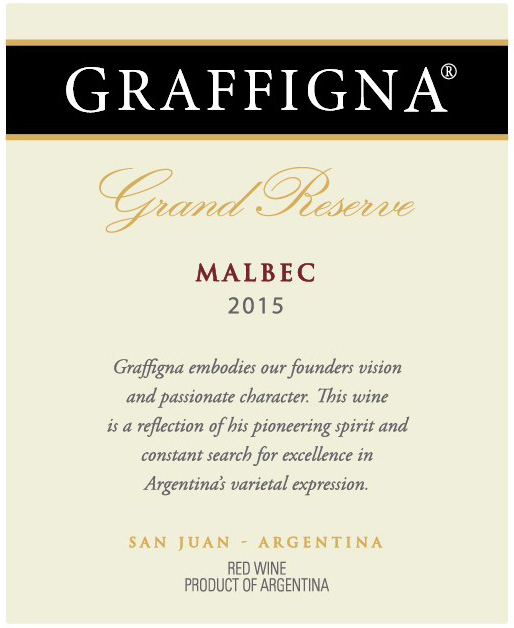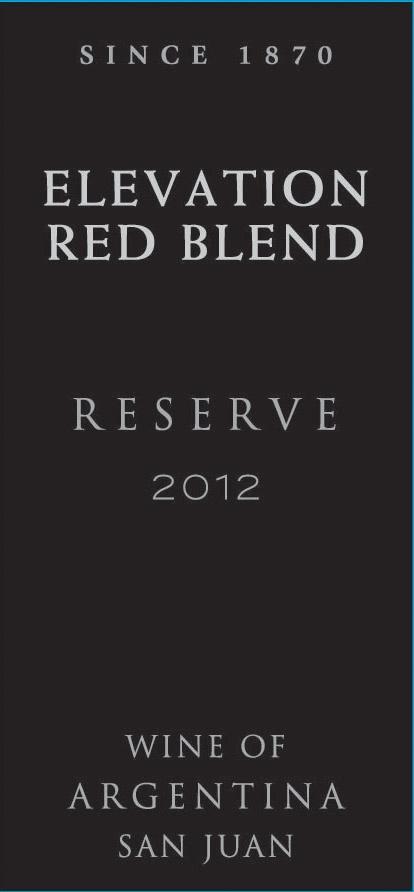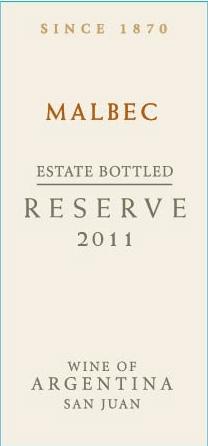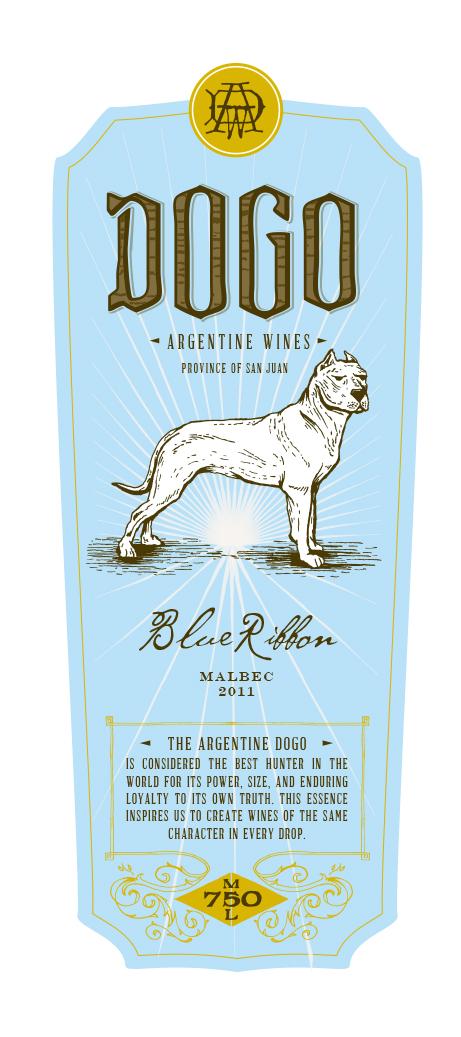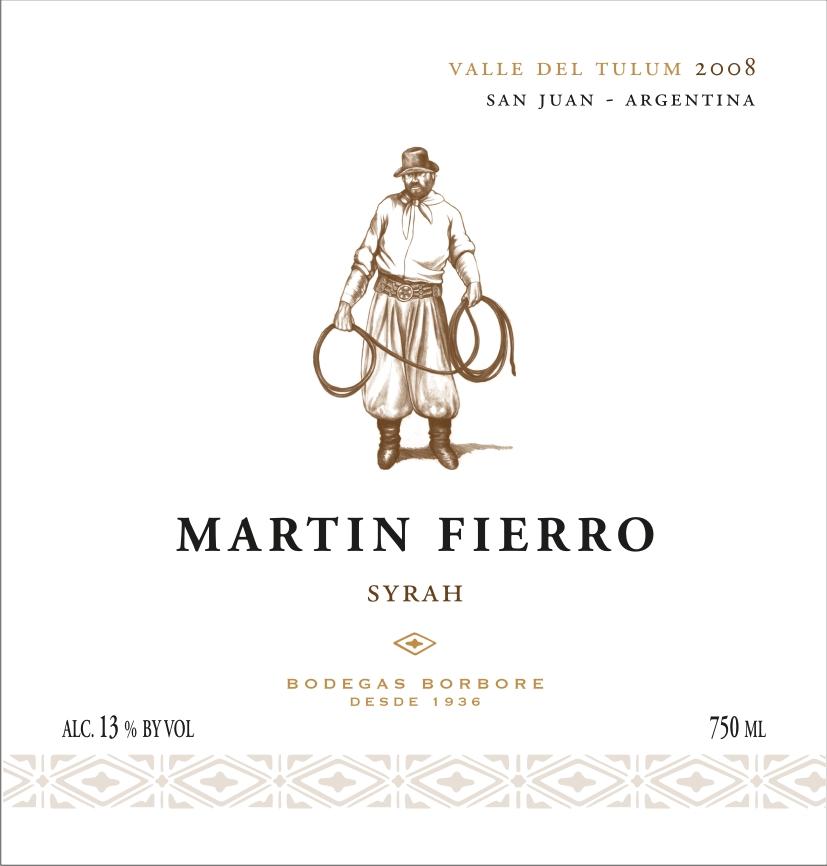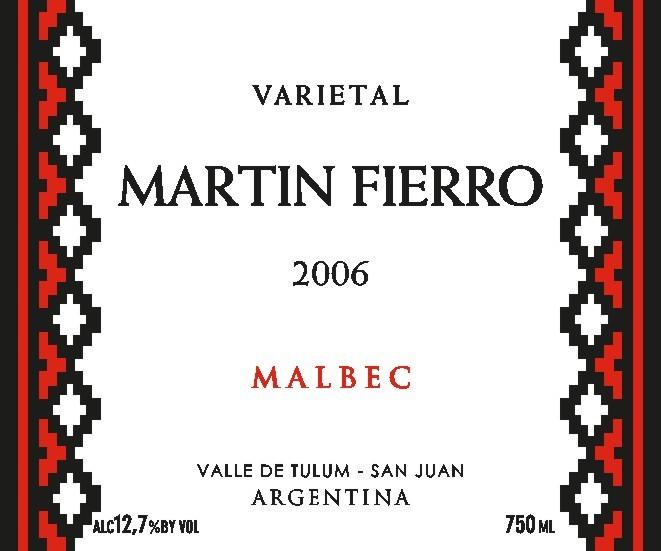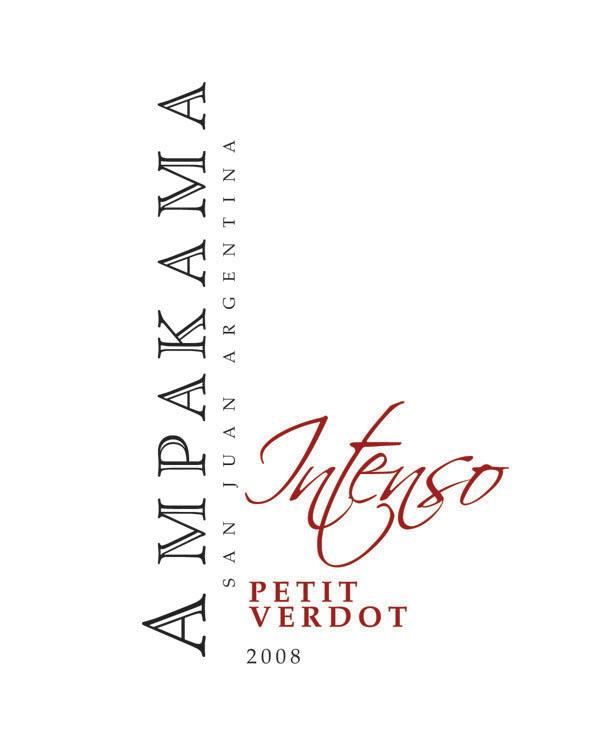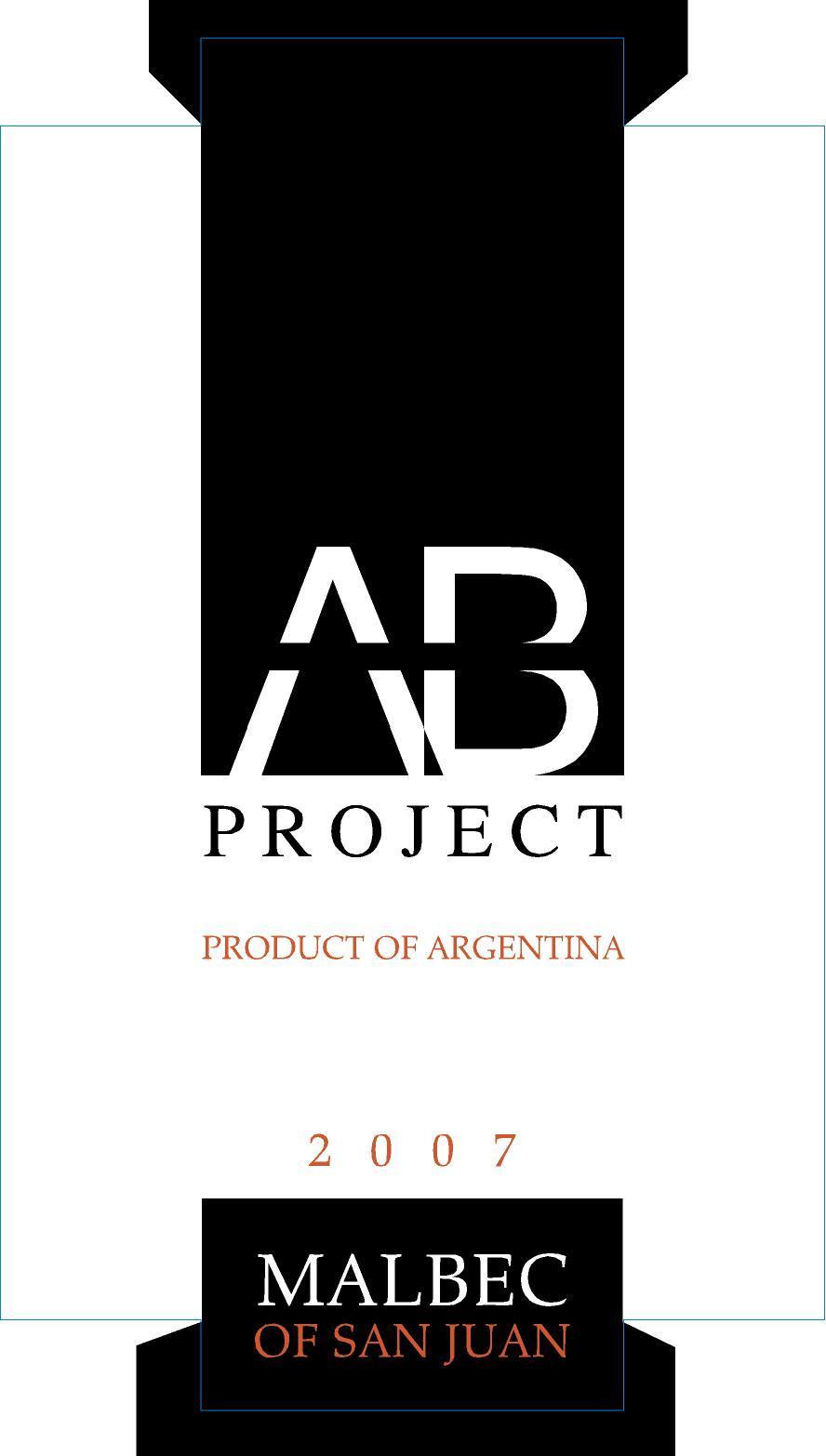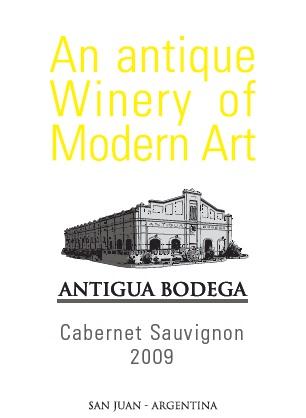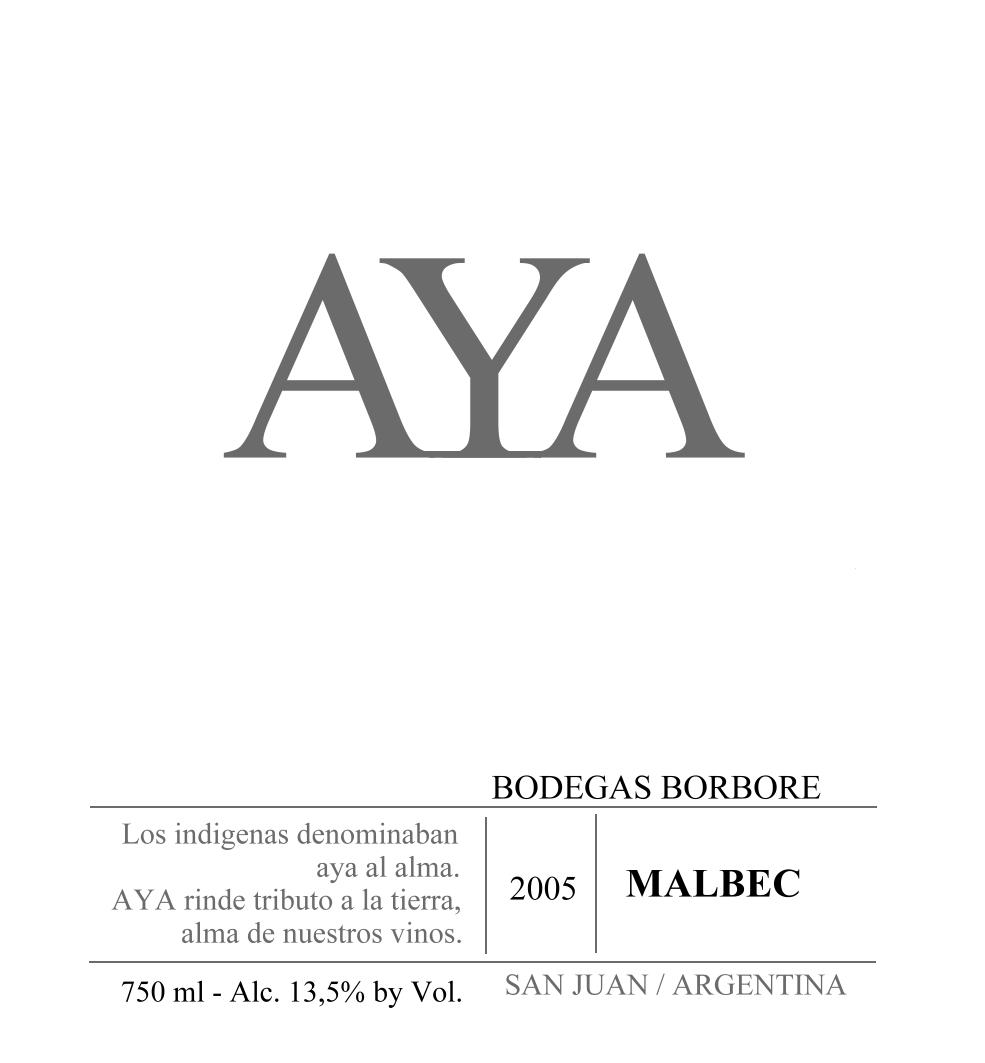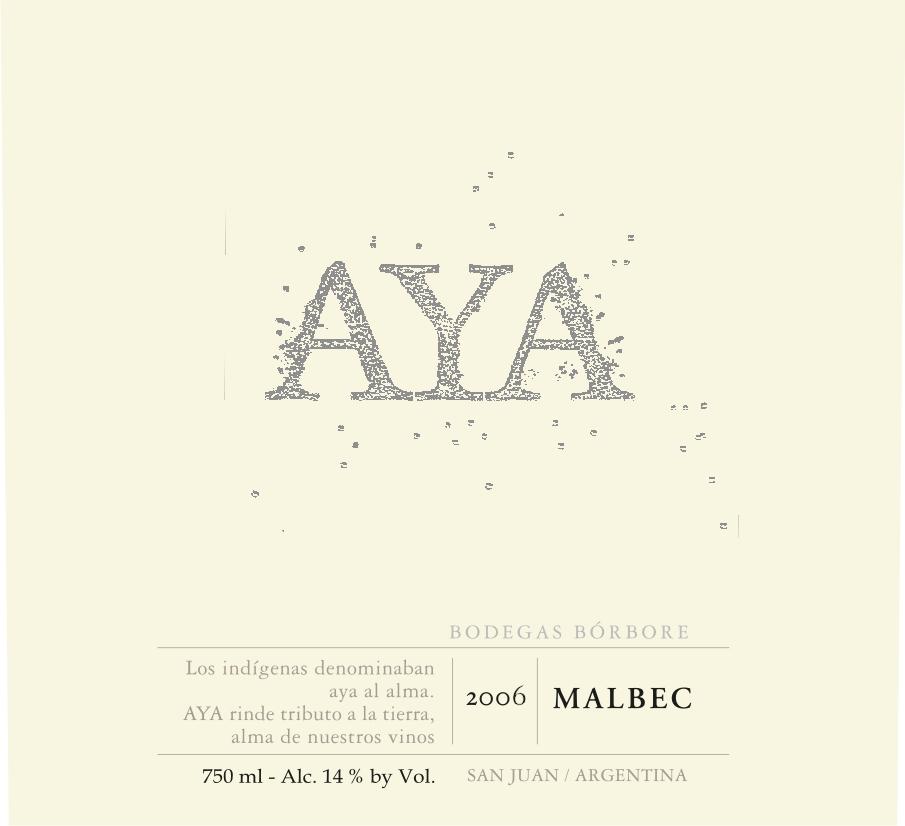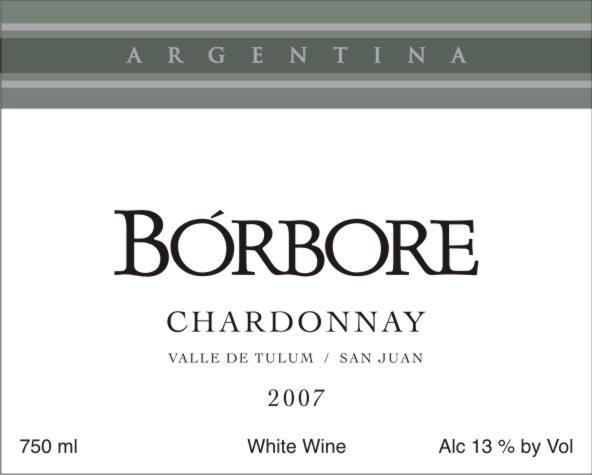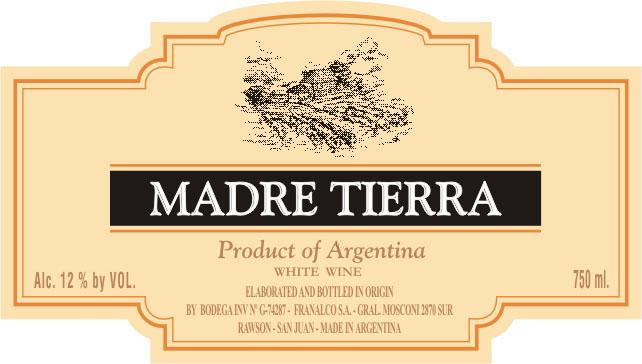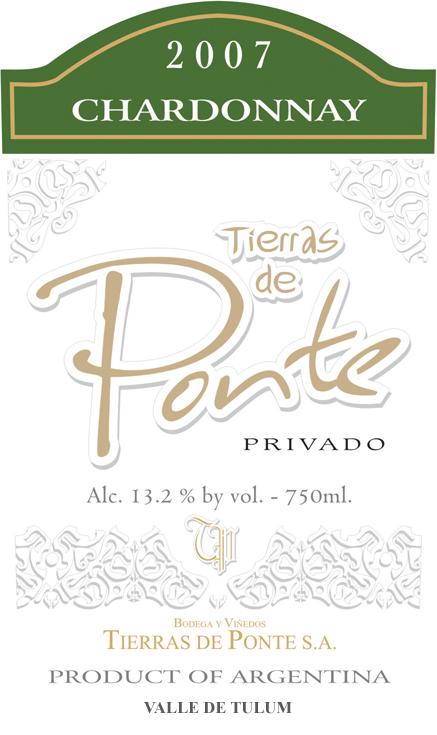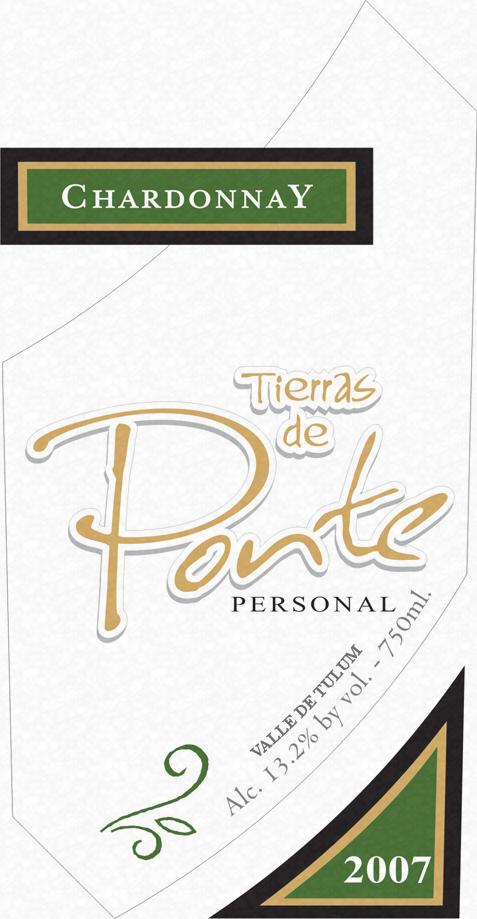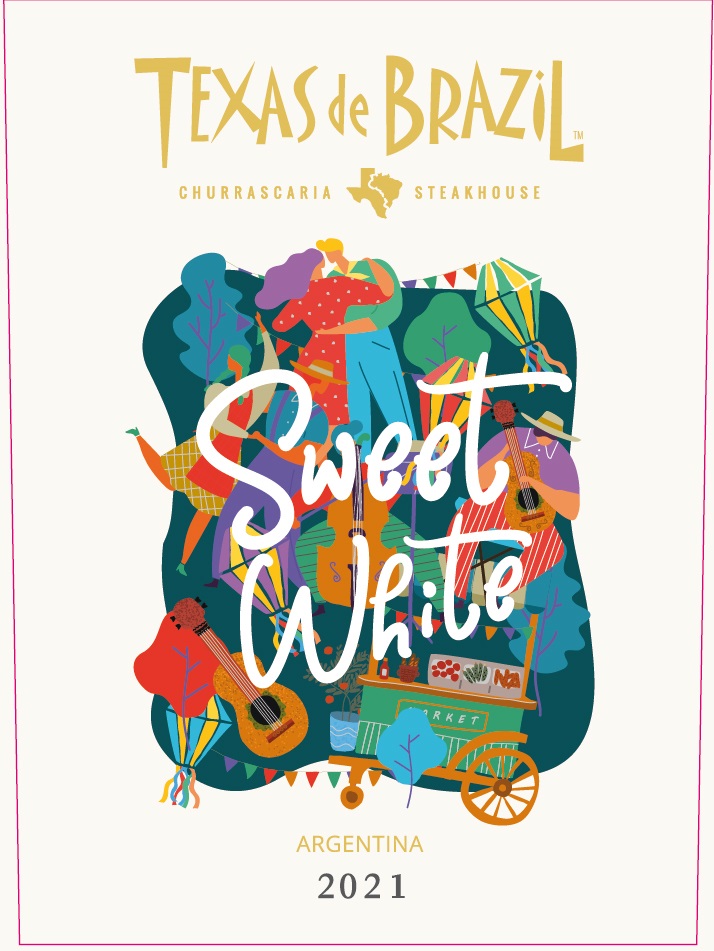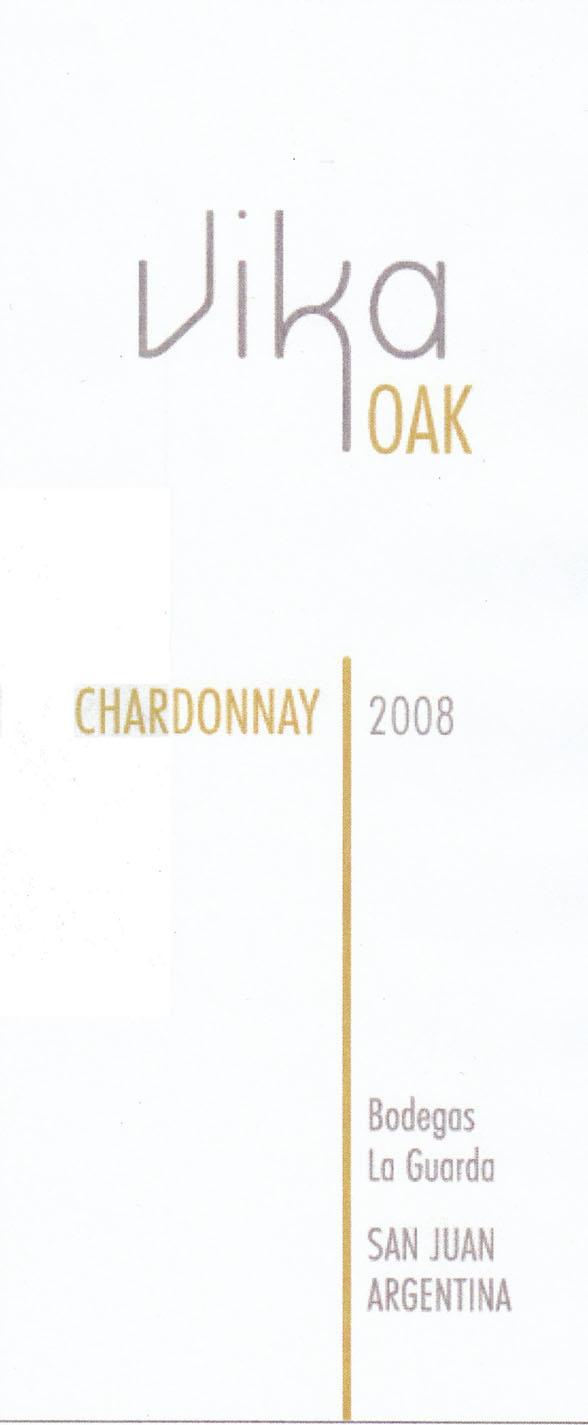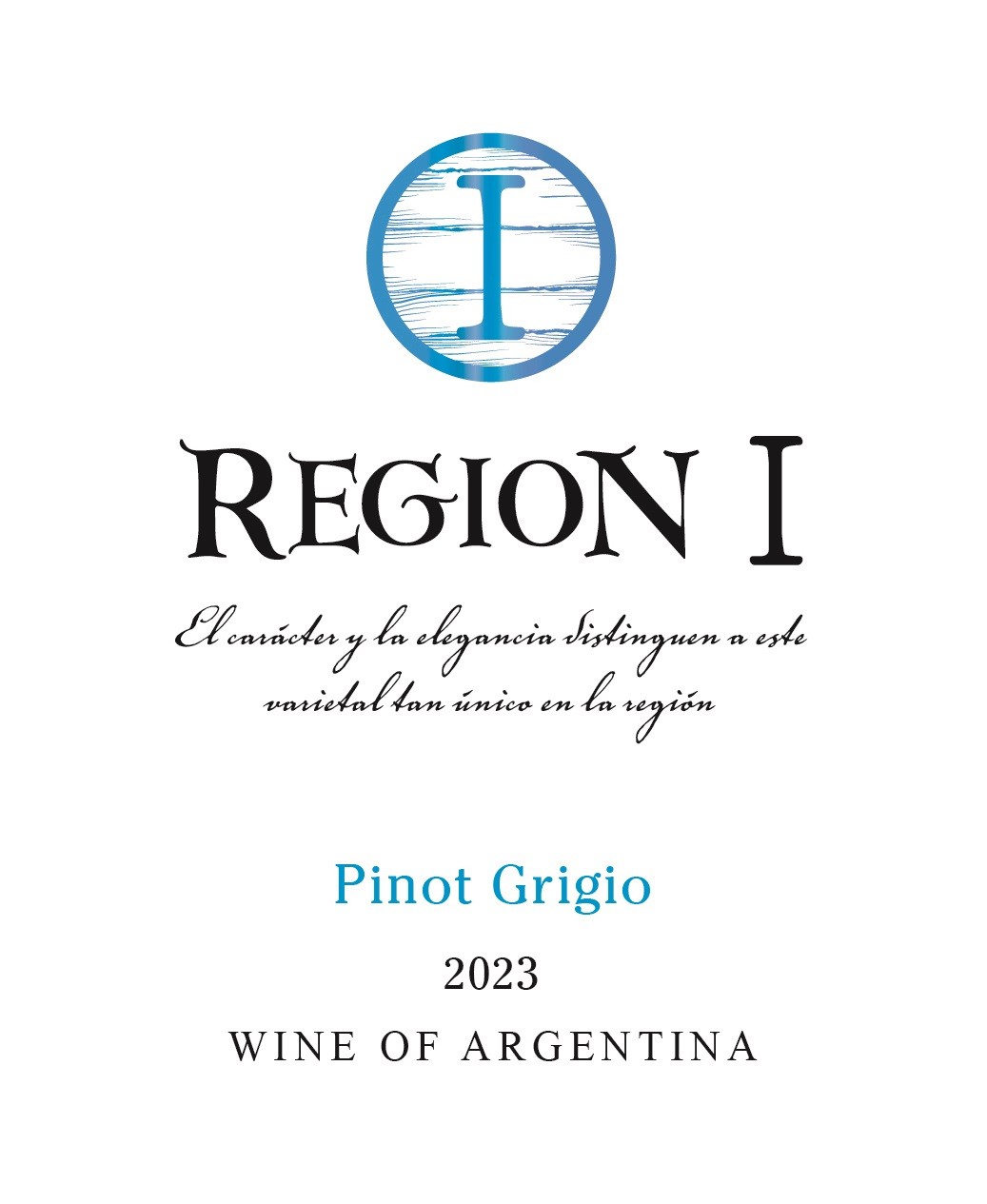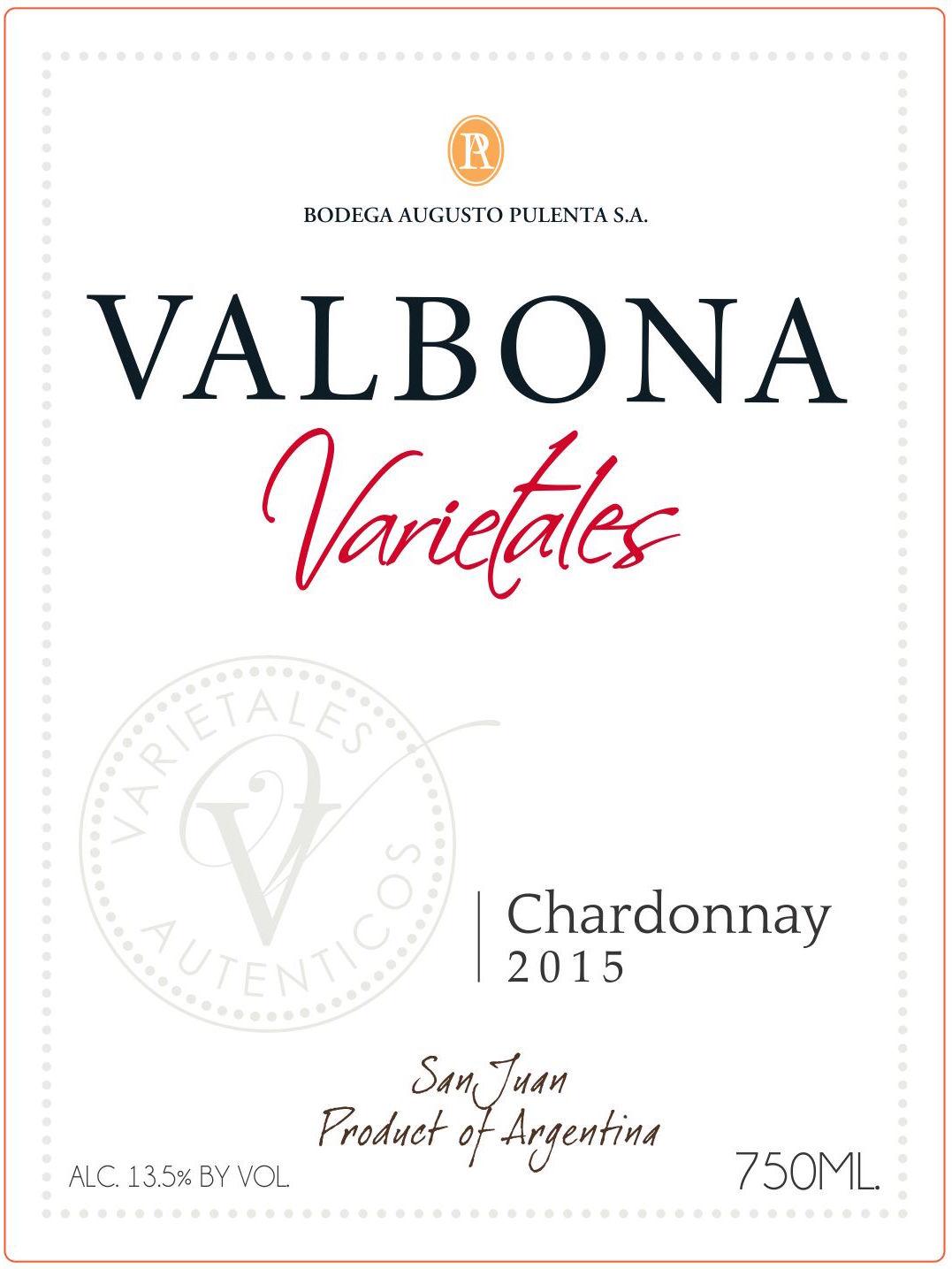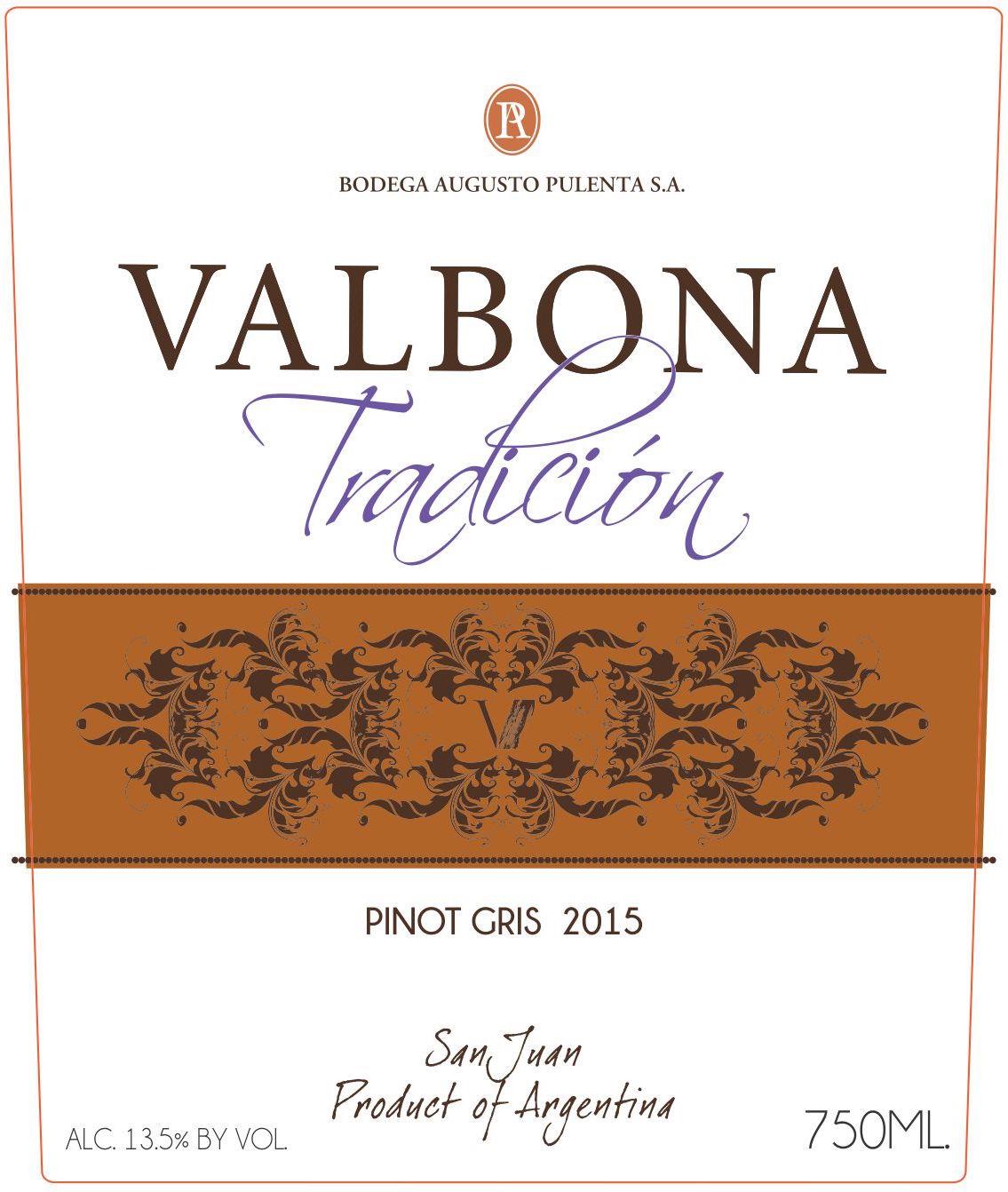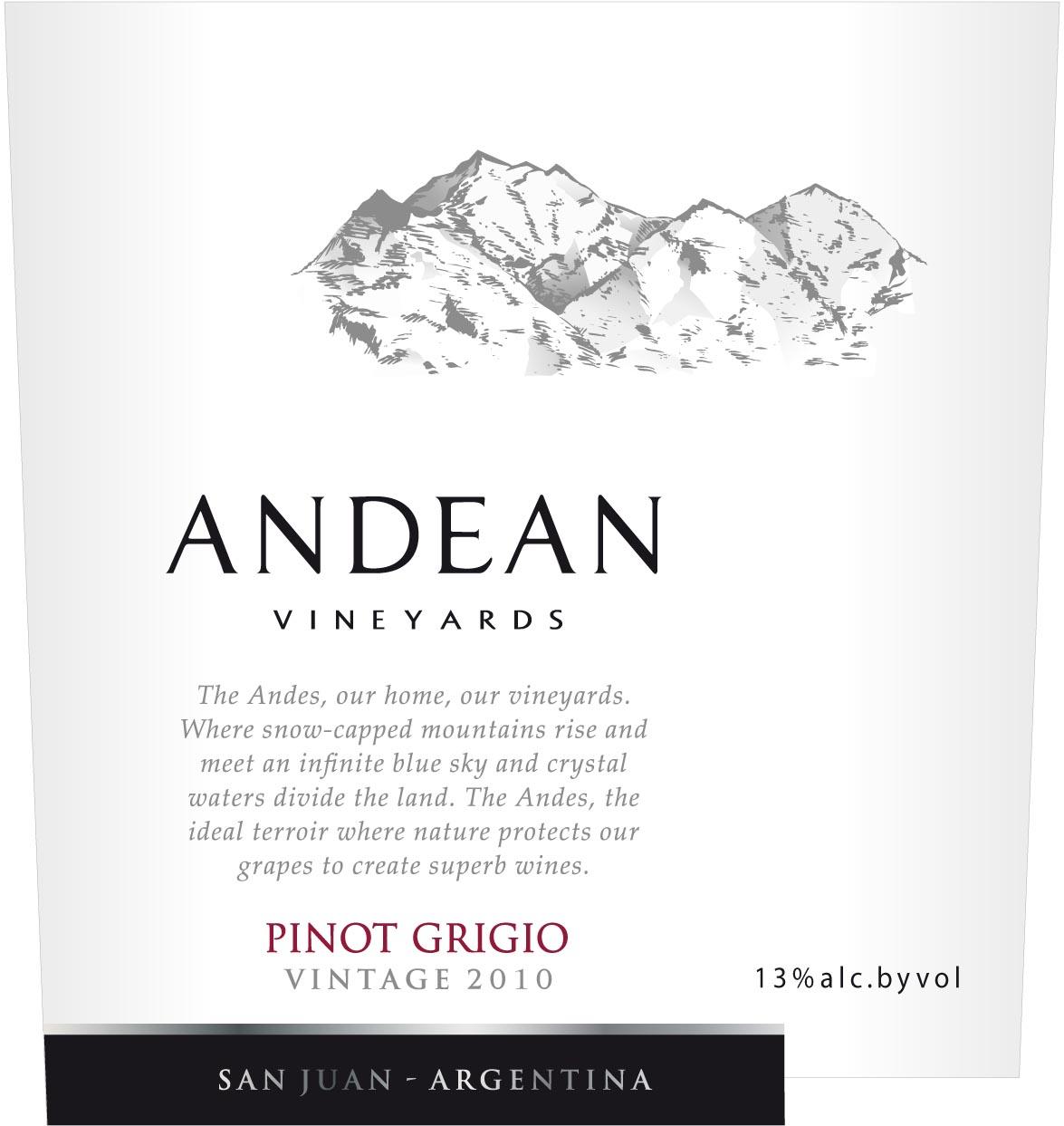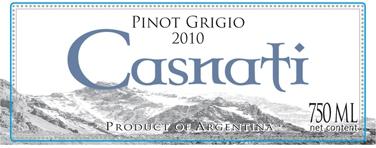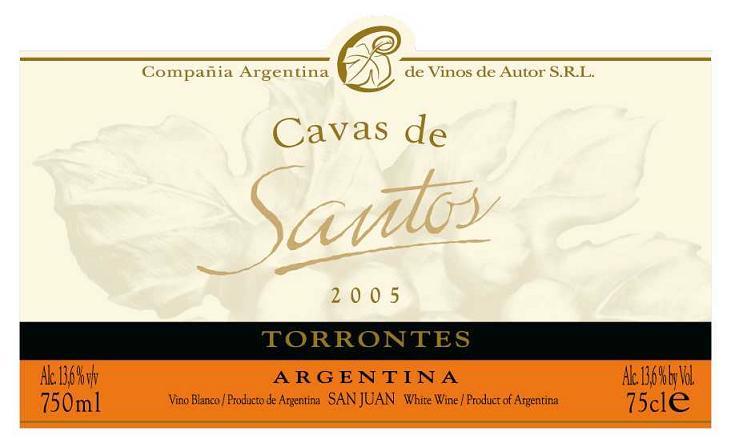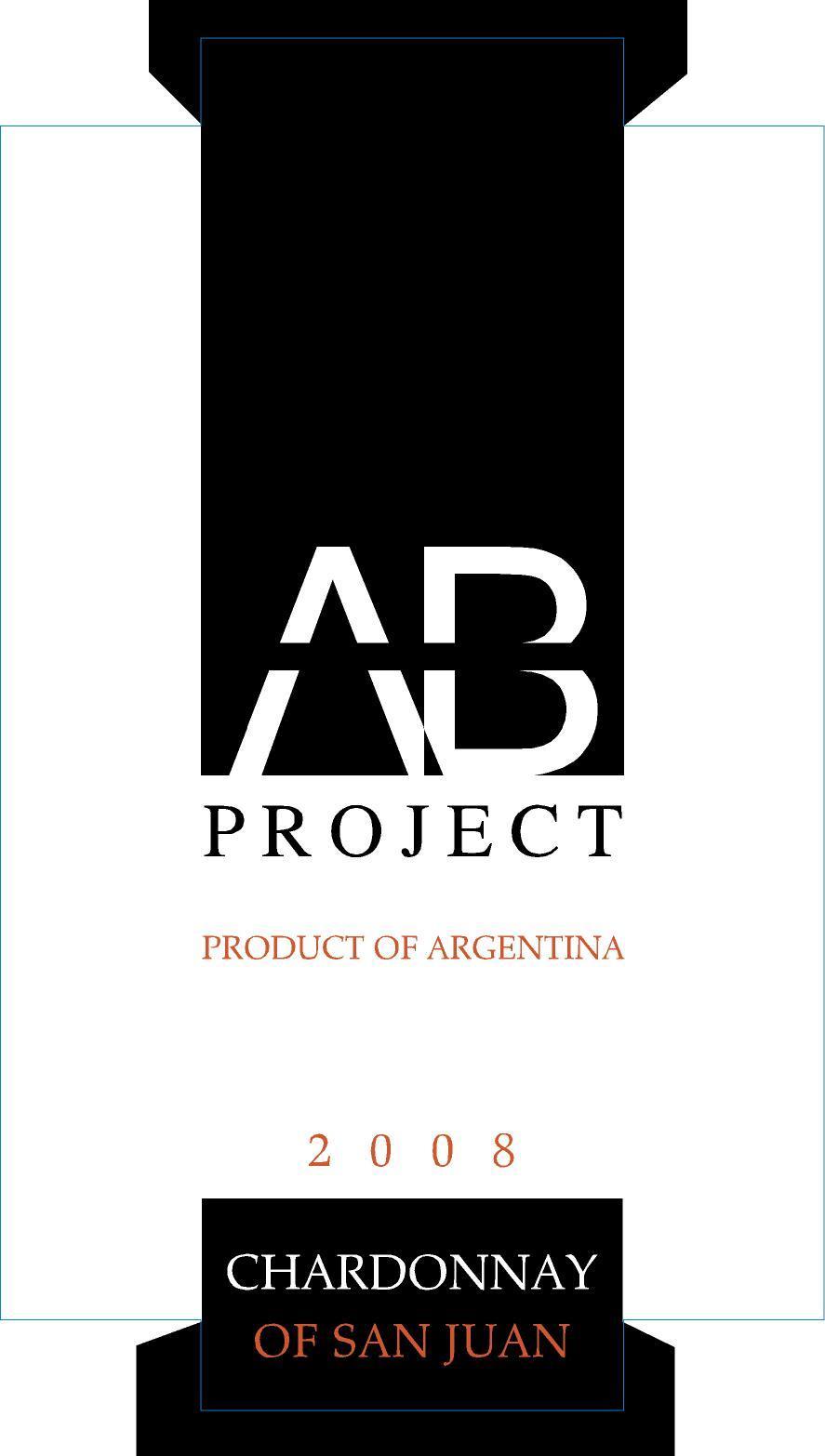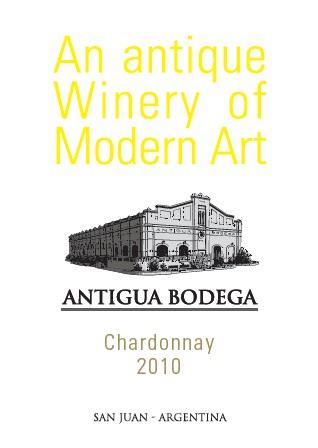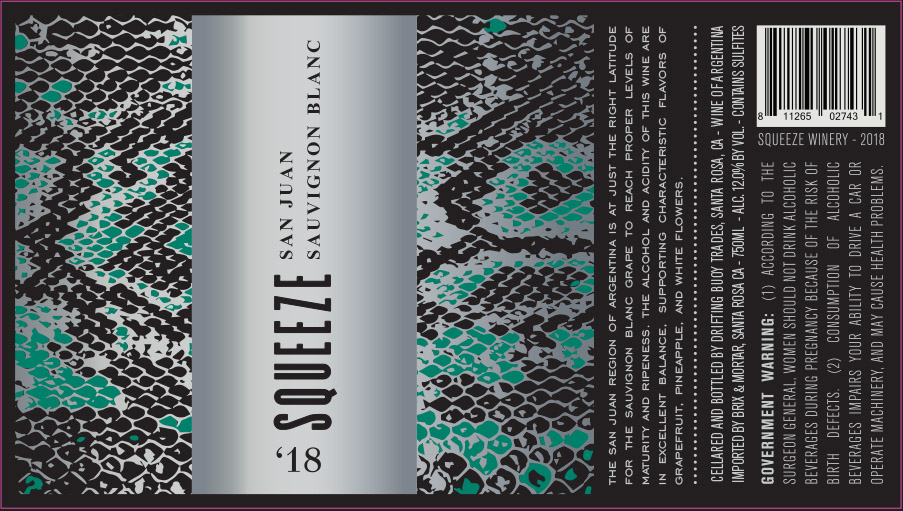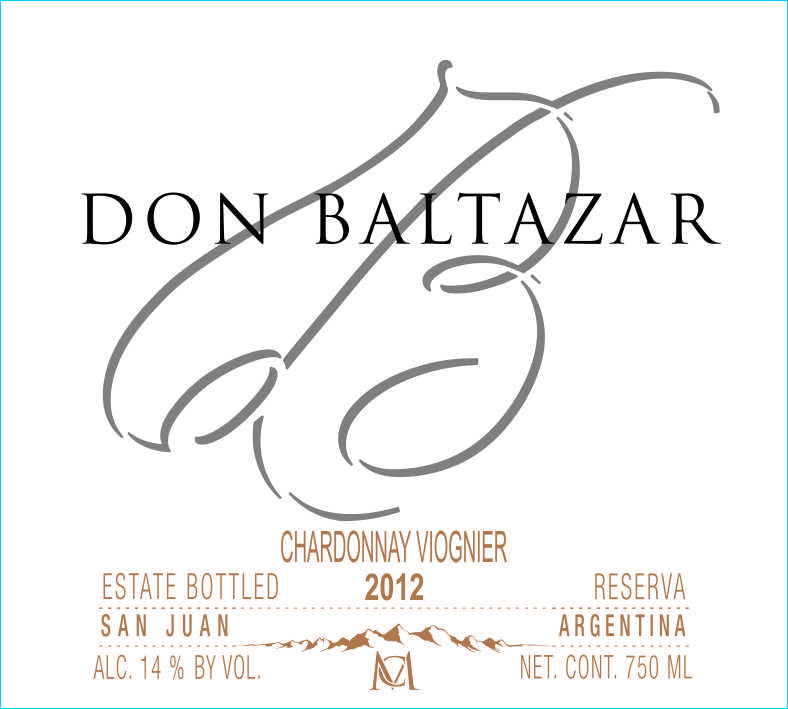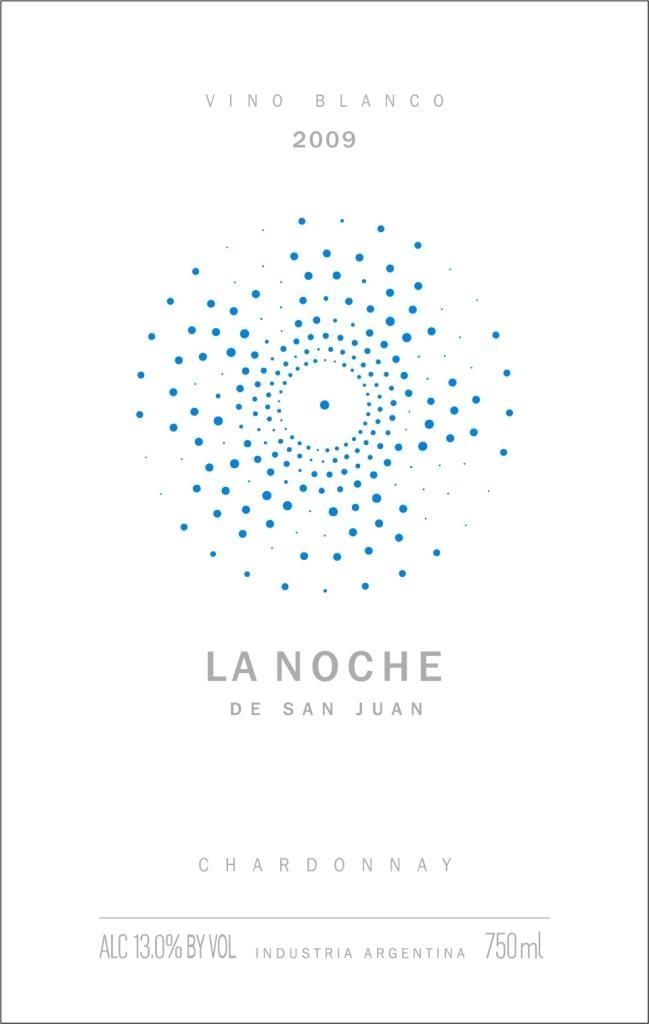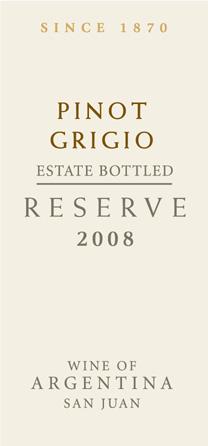Terroir of San Juan
San Juan's terroir is shaped by its elevation and dry climate. The main wine areas—Tulum, Zonda, and Ullum—are located at 600–700 meters above sea level, enjoying warm, dry seasons with little rainfall. Moving west, Pedernal and Calingasta rise to 1,200–1,700 meters, where hot days and cool nights help maintain grape acidity.
Pedernal's thin soils, rich in limestone, add freshness and mineral notes. Meanwhile, Calingasta's sandy, gravelly terraces allow grapes to ripen fully while keeping their acidity. The Tulum Valley has deep alluvial soils of sand, clay, and lime, offering a unique profile. With less than 100 mm of yearly rainfall, vineyards rely on Andean river irrigation. These conditions ensure low disease risk and plenty of sunshine, promoting full grape ripeness.
Notable Wineries in San Juan
San Juan, with its high-altitude vineyards and distinct terroirs, hosts a mix of both established and emerging wineries making a mark with their exceptional wines.
Among them, Bodega Graffigna is renowned for its varietal reds and aromatic whites. Finca Las Moras excels in offering a variety of expressions from different sites within the region. Bodegas Callia is celebrated for its range of affordable to high-end wines. Casa Montes (Ampakama) showcases wines that emphasize the unique local terroirs. Xumek stands out with its wines sourced from cooler, higher-altitude vineyards.
These wineries exemplify San Juan’s shift from quantity to quality, focusing on specific vineyard sites. Many offer immersive experiences, including wine tastings and dining, allowing visitors to fully appreciate the region's winemaking prowess.
Sustainable Winemaking in San Juan
San Juan stands out as a leader in sustainable winemaking, thanks to its naturally dry climate that minimizes the need for chemical treatments. The region's commitment to sustainability is evident in its widespread use of drip irrigation and careful water management, essential in an area where water is a precious resource. Many wineries are also investing in energy-efficient systems, adopting cover crops, and reducing tillage to enhance soil health and biodiversity.
Provincial initiatives and industry groups play a crucial role in supporting these efforts, encouraging the use of renewable energy and better waste management. The combination of dry conditions, abundant sunshine, and modern techniques is driving San Juan's progress toward resource-efficient winemaking, helping local producers meet global sustainability standards.
Wine Tourism in San Juan
San Juan's emerging wine tourism offers a unique alternative to its more famous neighbors, providing a relaxed and engaging experience. The Ruta del Vino de San Juan is ideal for vineyard tours and tastings, showcasing the region's diverse terroirs from sandy valleys to limestone slopes.
Visitors can enjoy wines like rich Malbec, spicy Syrah, and aromatic Torrontés while taking in the scenic Andes. The provincial capital adds to the experience with wine bars and museums, enriching the cultural immersion.
In addition to wine, San Juan offers cycling routes, horseback rides, and the vibrant Vendimia festival, celebrating the local harvest with music and dance. The region's commitment to sustainable practices, like drip irrigation and renewable energy, enhances its appeal. With stunning landscapes and colorful sunsets, San Juan promises a captivating journey into Argentina's wine heritage.



